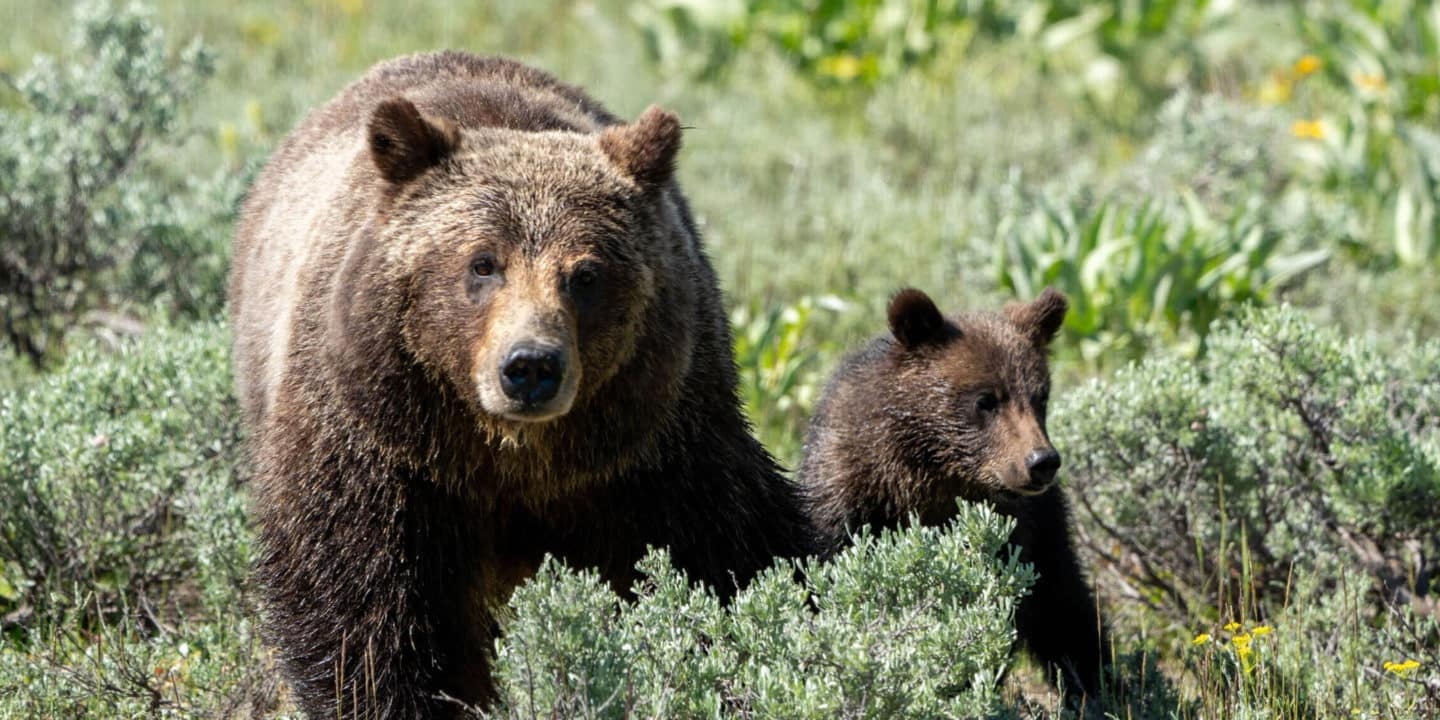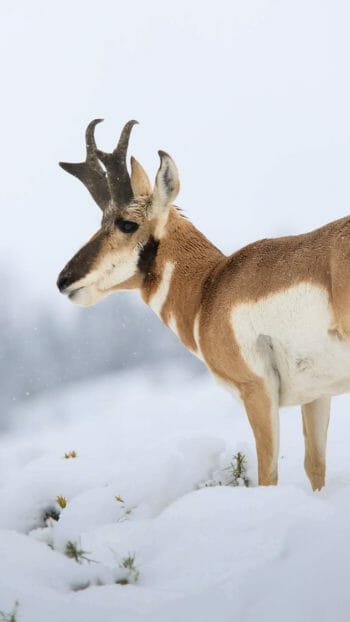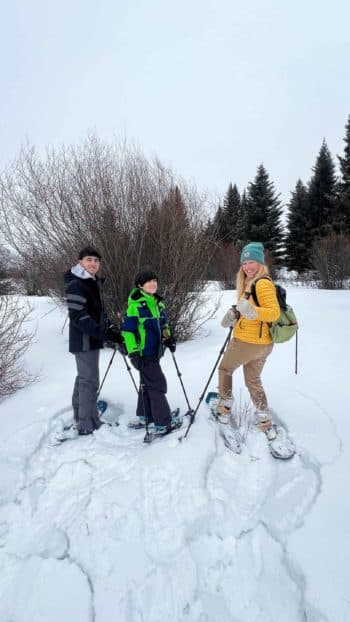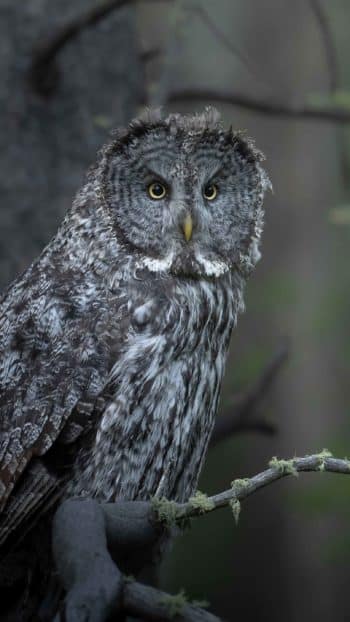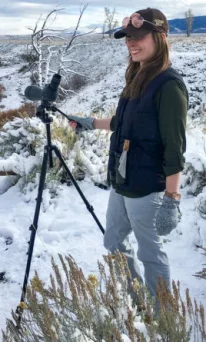Last week, the Tetons lost a beloved icon. Grizzly 399, a 28-year-old sow who has made her wild home in the middle of Grand Teton National Park, roamed southwards outside of her typical territory into the Snake River Canyon and was struck and killed by a vehicle on highway 89 on the night of Tuesday, October 22nd. The people of Jackson Hole, and a vast network of visitors, wildlife enthusiasts and conservationists went into mourning.
When you have known an animal as present and visible as 399 for as many years as we did, the reality of her death, and disappearance from our world, came as a shock. The surprising turn of events spurred an eruption of sadness, anger, and reflection. Photos and stories flowed across social media accounts, and heartfelt words were shared as residents and visitors alike processed the news. In the wake of such loss, we look back on what made grizzly 399 special to us and what her contribution achieved for the world of grizzly bears.
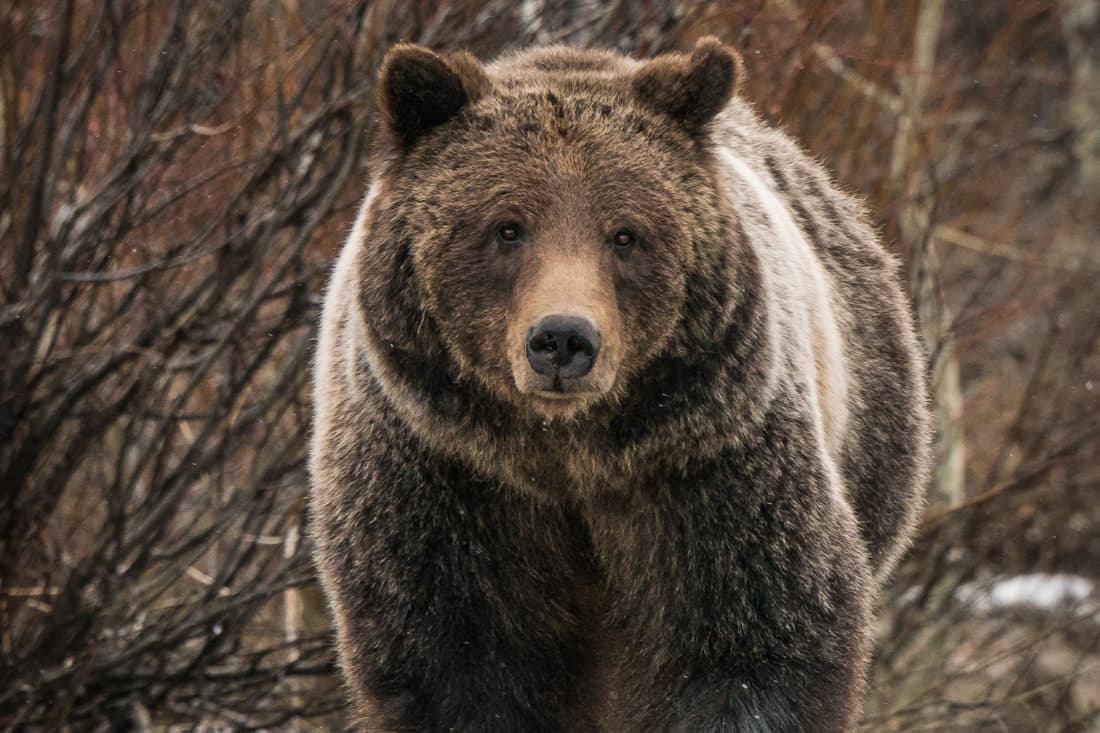
As a species, the grizzly has had a turbulent past in the contiguous United States. Prior to the arrival of European settlers, their population numbered over 50,000, spanning from California to the Great plains and from Alaska down to Central Mexico. The grizzly bear was a prominent player in North America’s ecosystem. Through the 1800s, however, the grizzly bear was systematically eliminated in order to facilitate western exploration and expansion by European trappers, miners and settlers. Due to fears of cattle predation and human safety, the grizzly was extirpated from 98% of its range. By the time they were listed on the Endangered Species List in 1975, their numbers had dwindled to 700-800 in the remaining 2% of the lands that they occupied for 70,000 years.
Grizzly bear recovery has been rife with challenges. Their population growth was slow at the beginning due to a relatively small gene pool and isolated individuals. Not all humans desired to see this imposing predator back on the landscape. Fear and negative perception in human communities kept their natural ranges limited to protected public lands. Thankfully, within the boundaries of Grand Teton and Yellowstone National Parks, grizzlies were afforded space and protection to be their wild selves. They were able to hunt and forage within view of nature-loving residents and visitors, and a special affection began to grow for this charismatic megafauna. Few places in North America offer as close a proximity to apex predators as the Greater Yellowstone Ecosystem. Grizzlies became an admired and beloved icon of the parks, and no one bear was more adored than grizzly 399.
Grizzlies are one of the slowest reproducing mammals in North America, making their recovery complicated. Cubs stay with their mother for almost 2.5 years, making each successful litter come three years apart. Each cub only has about a 50% chance of making it to adulthood. Grizzly 399 played an extremely significant role in the growth of her species for nearly three decades, birthing 18 cubs throughout her 28 years in the Greater Yellowstone Ecosystem, earning her titles such as the Matriarch and the Queen of the Tetons.
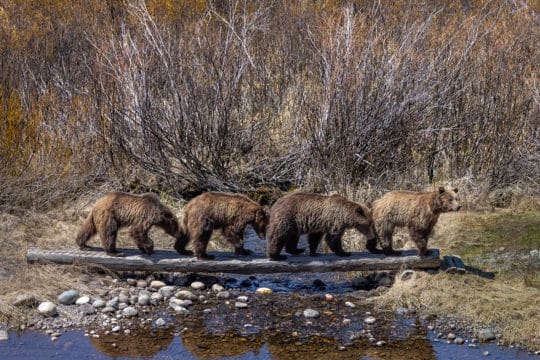
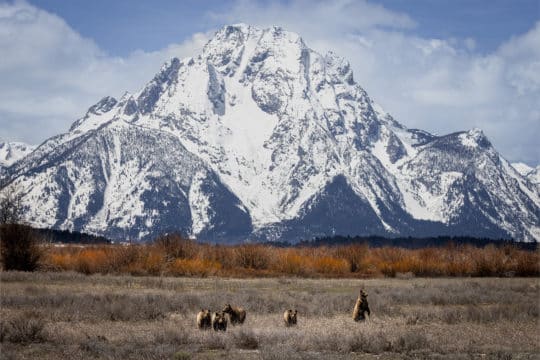
I remember the first time I saw 399. I was new to Jackson Hole and just beginning my guiding career in May, 2017, already hearing rumors of the first sightings of the sow emerging from hibernation. On a bright, sunny morning in the lush, verdant grasses of Willow Flats, 399 emerged from the willows by the Snake River, two tiny cubs right on her heels, and crossed the road right in front of us. We watched her comfortably graze by the roadside while her brand new cubs-of-the-year tried to make up their minds about us. In this moment, I understood the affection that locals held for her. Over the next several years I continued to cross paths with her, much to the delight of so many guests I had on board. Seeing a grizzly is often at the top of the wish list for visitors, and 399 made that a consistent possibility. The crowds grew larger each passing year as we watched her raise litter after litter, eventually resembling throngs of fans gathering to see their favorite celebrity.
From Ash T. General Manager at Yellowstone Safari Co.: “I grew up in Jackson Hole in a family deeply in love with the valley and its wildlife. I knew the deer in my neighborhood, the elk in the National Elk Refuge near my home, the moose along the Gros Ventre River by their antlers and names, and the coyotes who sang at night, in the most intimate sense of knowing and admiration.
It wasn’t until 2009 when I started working as a wildlife guide that I saw my first grizzly bear in the Tetons. The rangers and wildlife photographers were onto her and her movements. I learned from them, and then, learned from her. I saw where she liked to go to search for early spring elk calves, the shallowest river crossings, the best patches of biscuit root and camas flowers. How she allowed people to watch her sometimes, then would bluff charge and show her wild boundaries in others. I got to know her patterns. How strange it was, and endlessly fascinating, to interact with a creature who never communicated with me, but who told me everything if I took the time to witness her.
I spent more than one occasion moving crowds away from the roadways so that she and her cubs could cross safely. I have been less than 30 feet from her. When you are that close to a bear, you can feel it. Your heart races and you are aware of your smallness.
I missed her in the winters when she slept.
In 2020, when we were in lockdown during the pandemic, she emerged with four cubs for the first time in her life. What a juxtaposition to the horror and uncertainty we faced in the human world, that she graced with us the absolute zenith of fertility and fecundity. It was humbling. When she died, I cried for the way her life ended, for the loss of her vibrancy, for the gratitude in what I learned from her, for the love I had for her, and for the temporary nature of all living things.”
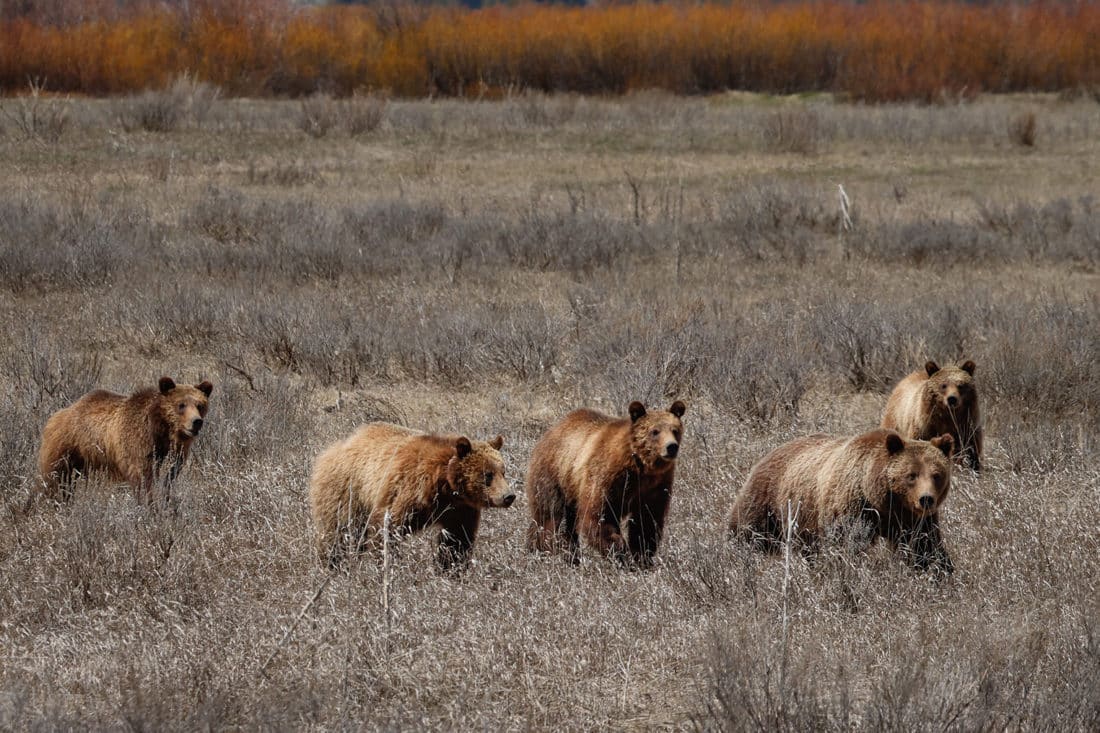
399’s consistent visibility and proximity to the road created the opportunity for the local community to feel a sense of closeness to her. A wild grizzly who allows us to peek into her inner world is not commonplace, and is particularly special given the history of the species; however, it’s important to remember that her roadside habits were not for our benefit. Male bears will kill cubs if they find them, so sows with a litter need to do what they can to avoid them. In general, bears prefer to keep their distance from people. The sow deliberately uses this deterrent to her advantage by staying closer to people and tolerating their presence, keeping the males at bay. 399’s roadside habits were for the protection of her cubs.
While 399’s goal was to keep her cubs safe from other bears, she wasn’t aware of the other dangers that roads bring. Speeding cars and excited people inching too close were commonplace. Potentially receiving food rewards from visitors unaware of the detriment of feeding bears. She was very habituated to people, but there needed to be a line drawn. The “bear brigade” in Grand Teton works tirelessly to manage the crowds while bears are in sight. Strategically placed orange cones keep an open corridor for them to cross the road when they please, and certain roads are closed to give them space at times. Ultimately, ‘wildlife management’ is more like ‘people management’ in the park to ensure the safety of both humans and animals. Having the privilege of watching 399 so consistently meant we needed to respect and protect her in return.
Grand Teton and Yellowstone’s popularity have soared in recent years, and news of 399 had spread across social media platforms until she even had her own accounts. Her fame spread beyond the park, and people visiting the area wanted to see her for themselves. On their search for her, they would witness the other incredible wildlife, learn about the role of grizzly bears in their habitat, and experience the majesty of the Tetons along the way. Those who were lucky enough to see her, or any other grizzly, would often come away with an inspired passion for the protection of these animals and wild spaces.
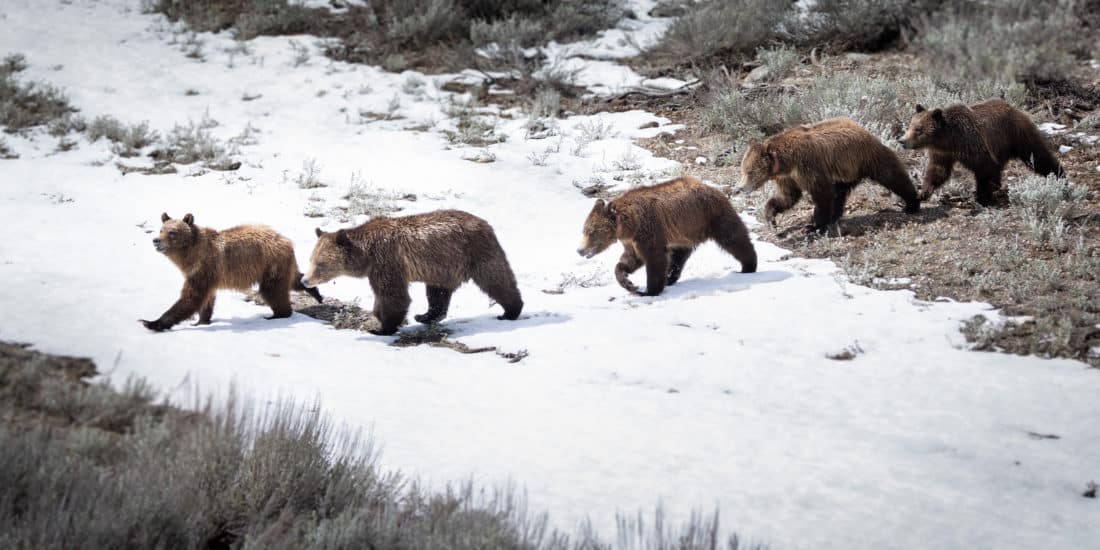
399 became a recognized ambassador for bears, particularly in the last few years of her long life. While the human world was thrown into fearful uncertainty in the throes of a global pandemic, the beloved bruin emerged from her den, surprising onlookers with a litter of four cubs (a rarity in the species), giving much needed hope and joy to all. Watching the four tiny cubs-of-the-year play and learn in their new, wild surroundings while 399 stood as their mighty protector and teacher was an uplifting reminder of endurance.
399’s legacy is about more than just grizzlies. She represents all wildlife. Her presence and resilience over so many years, coexisting alongside humans, helped us to emphasize the importance of practicing responsible tourism such as safe viewing from a distance, not feeding wildlife, and observing the “Leave No Trace” philosophy of the parks. She helped shape the local conservation culture including bearproof trashcans, acknowledging the importance of securing food attractants, protecting wildlife corridors, and driving cautiously.
Jackson Hole is an incredibly special place where humans share space with magnificent creatures, and it is up to us to make sure there is space for all residents so that more animals like 399 can live and thrive in this vibrant ecosystem.
For further reading on 399, visit Mountain Journal for Monica Robinson’s blog, “Grizzly 399: The Monarch of Conservation.”

